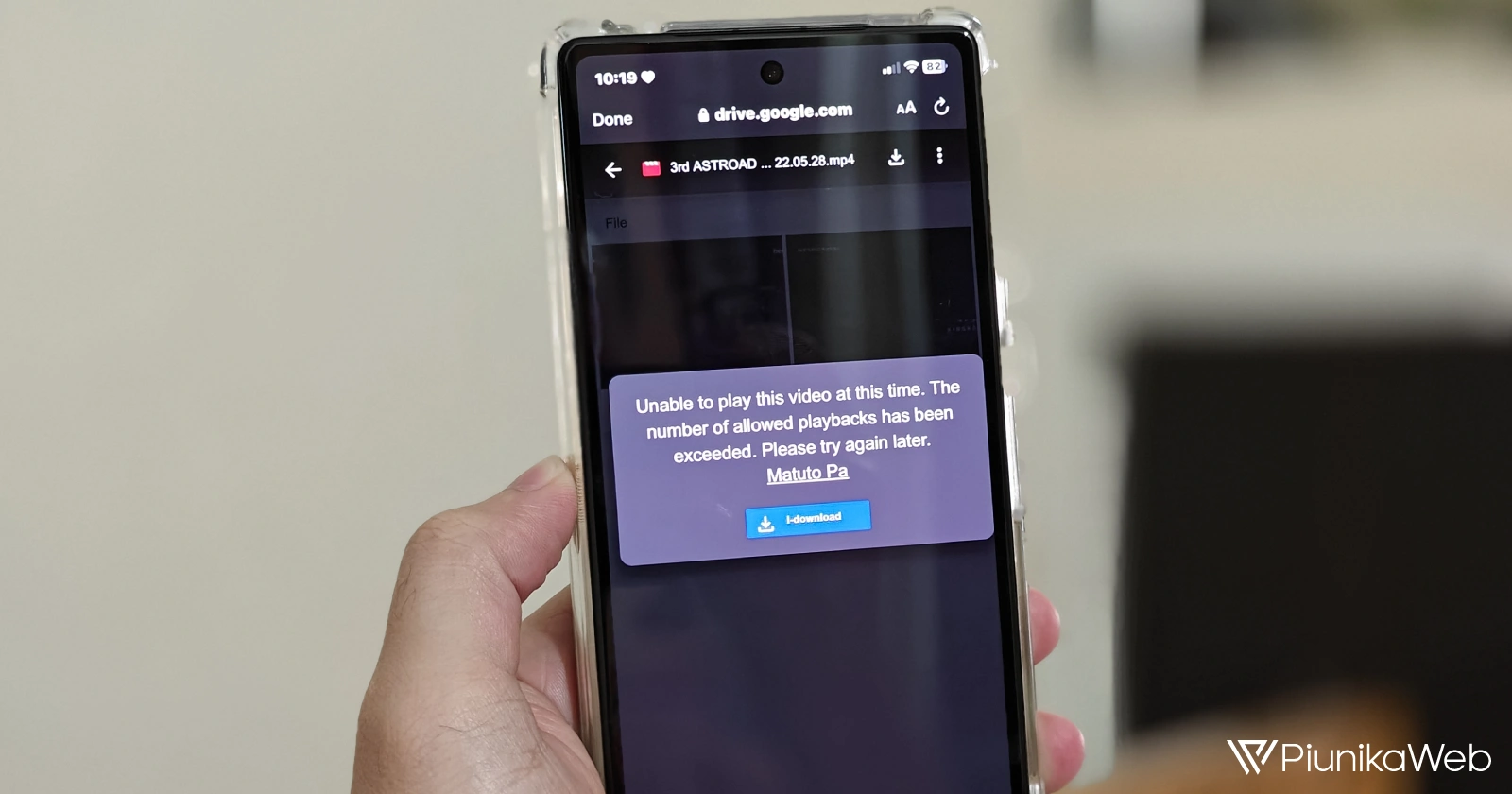Dynamic range performance has always been one of the biggest challenges for smartphone cameras. The limitations derived from the limited physical space mean that the sensors are not as capable of handling these kinds of scenes. Traditional cameras with larger sensors would be more effective in such situations.
However, over the years, smartphone cameras (especially flagships) have improved a lot in this regard. One of the most recent advances was brought by the Google Pixel 8 series with its Ultra HDR technology.
What is HDR on cameras?
‘HDR’ is a technology that allows cameras to capture a greater range of lights and shadows in a scene. It helps prevent or mitigate unwanted photographic problems such as burnt areas (illuminated areas that appear white) or shadow crushing. Basically, HDR seeks to offer the most realistic possible representation of the shadows and lights in the scene.
The basis of how HDR works is to take multiple pics of the same scene with different exposures to combine them, enriching the dynamic range in a final image.
In smartphones, due to the aforementioned limitations in terms of sensor size, HDR capabilities are highly dependent on image processing algorithms. In turn, this depends on the hardware, since each chipset incorporates a particular ISP (Image Signal Processor), with the best and most powerful ISPs being on high-end chips.
For reference, a more powerful ISP allows the device to combine and process multiple images with different exposures more efficiently. They also include more technology that helps obtain better final images with less noise, among other things.
That said, the Google Pixel 8 series ‘Ultra HDR’ format allows you to improve various image parameters such as contrast, color and lighting, taking a step forward in terms of image quality.
Here’s how the Google Pixel 8 series Ultra HDR format works
To begin with, Ultra HDR format is backwards compatible since they are saved in the classic JPEG format, so you can view the photos on any device without problems. However, to appreciate the results of the technology on the photo, you will need to view it from a compatible screen and gallery.
Ultra HDR is designed to take advantage of the additional color depth capabilities offered by HDR displays on smartphones. So when you view the Ultra HDR photo from an SDR display, you will see a normal photo; but if you see it from an HDR screen you will notice more vibrant colors, a wider lighting range and improved contrast.
The basis of the technology is the so-called ‘HDR gain map’ integrated into the Ultra HDR pictures, which is basically a set of instructions that ‘tell’ the device what improvements it should make to the image when displaying it on the screen.
This is different from the operation of traditional HDR technology based on combining multiple pics with different exposures. So, here Google demonstrates once again its ingenuity and experience in mobile computational photography.
What do you need to take and view Ultra HDR photos?
For now, only the latest Pixel Camera (FKA Google Camera) versions can take Ultra HDR pictures (Pixel 7 and older gens users might need to sideload latest Google Camera app at the time of writing this story). And, you can use the Google Photos gallery to see them in all their glory.
Regarding compatible screens, any that supports HDR works, so there are no limitations in this section. As for OS version, the format is compatible from Android 14 onwards.
To top it off, Google says they have developed APIs so OEMs can easily adapt the Ultra HDR format to their camera apps, so we may start to see this feature in more brands in the coming weeks or months.


